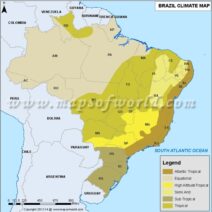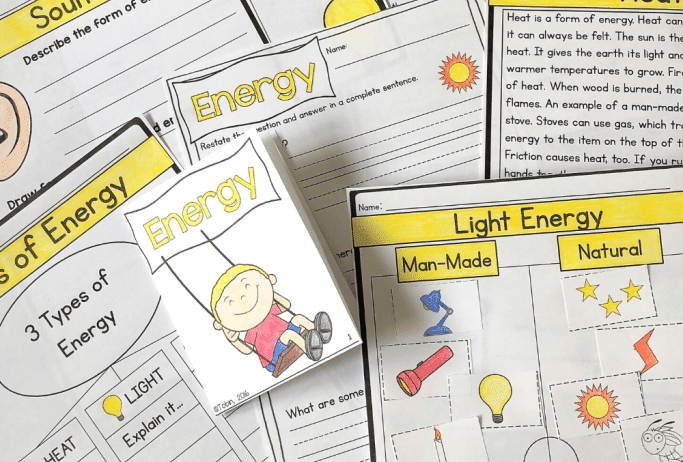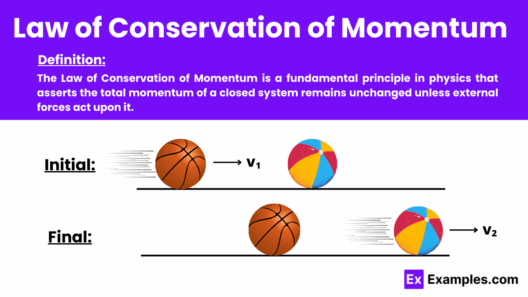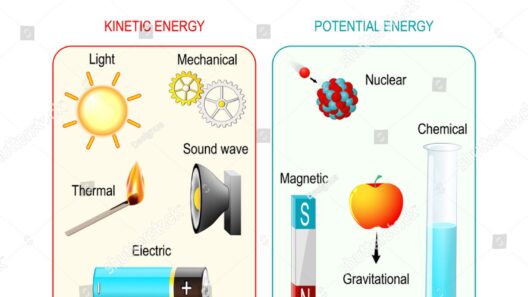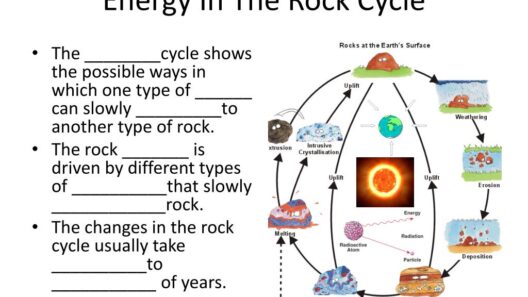Energy conservation is a critical subject that transcends age, relevance, and cultural backgrounds. Globally, the need for effective measures to mitigate climate change effects has surged, placing a spotlight on the imperative of conserving energy. The process of teaching energy conservation can be both informative and engaging, significantly influencing individuals’ lifestyles and fostering a long-lasting respect for the environment.
Understanding energy conservation begins with elucidating its essence. Energy conservation involves reducing energy consumption through using less of an energy service. This can be achieved through various means, such as utilizing energy-efficient appliances, enhancing insulation in homes, or choosing sustainable transportation options. The significance of this practice lays in its direct impact on environmental preservation, as decreased energy usage equates to lower greenhouse gas emissions.
When embarking on the journey of educating students about energy conservation, it is pivotal to employ a multi-faceted approach that caters to various age groups. Activities should be tailored to bridge theoretical concepts with practical applications, thus enhancing comprehension and retention.
Beginning with younger learners, using interactive activities can invigorate the learning environment. For instance, harnessing the allure of storytelling can captivate students, intertwining narratives that revolve around energy and its conservation. Visual aids, like infographics or animated videos depicting energy usage and its repercussions on the planet, can effectively illustrate abstract ideas. Younger students could engage in a project to create a “energy hero” book, where each character embodies a specific energy-saving habit, such as turning off lights, recycling, or riding bikes instead of driving. Through creative expression, children internalize the concepts more deeply.
As students transition into middle and high school, educators should elevate the complexity of the lessons, integrating scientific principles and real-world applications. Exploring the physics of energy, its laws, and efficiencies can stimulate critical thinking. Engaging students in experiments that demonstrate energy consumption—such as comparing the light output of incandescent versus LED bulbs—can provide hands-on understanding. Moreover, data analysis exercises allow learners to examine their own energy consumption patterns and determine areas for improvement, thereby instilling a sense of responsibility towards their habits.
Moreover, integrating technology into teaching methods can amplify engagement. Utilizing applications that track energy usage or simulations that demonstrate energy waste can captivate tech-savvy students. Virtual labs allow students to tinker with variables to see firsthand how changes can lead to energy savings. This real-time feedback further capitalizes on the allure of gamified learning, where students receive rewards for achieving energy conservation goals.
For older students and adults, it is beneficial to delve into the broader socio-economic implications of energy conservation. Facilitating discussions on the relationship between energy consumption, economic viability, and climate change can stimulate consciousness about societal impact. Presentations or debates on energy policies, renewable resources versus fossil fuels, and electrification can foster analytical skills and encourage activism. Field trips to local renewable energy facilities or conservation programs can further enrich their understanding and provide real-life context to theoretical knowledge.
Encouraging community involvement can also play a pivotal role in promoting energy conservation. Organizing community energy audits or challenges can unite individuals towards a common goal. By assessing energy use in local schools and households, practical strategies can be identified and implemented together. Community workshops that teach energy conservation techniques—such as weatherization, efficient cooking methods, or smart technology use—can empower individuals to take tangible actions in their daily lives.
To effectively teach energy conservation, it is also essential to address common misconceptions. For instance, many individuals underestimate the impact of small changes. Demonstrating the cumulative effect of minor adjustments, such as turning off lights or unplugging devices, can reveal the collective difference made by a community. Simplifying the messaging and providing actionable steps enhances accessibility, encouraging more individuals to partake in conservation efforts.
Real-world examples of successful energy conservation initiatives serve as compelling motivators. Case studies showcasing communities that have drastically reduced their energy footprint, alongside the positive impacts on local ecosystems, can inspire individuals to replicate these models in their lives. Highlighting advancements in technology, such as solar panels or energy-efficient appliances, can also showcase the innovativeness accompanying sustainable practices.
Moreover, celebrating successes is key. Recognizing the efforts of both students and communities fosters a culture of continued engagement in energy conservation. Reward systems, whether through public acknowledgment or incentives, solidify the importance of sustained action. When individuals feel seen and appreciated for their efforts, it encourages a perpetual cycle of education and practice.
In conclusion, teaching energy conservation is a multifaceted endeavor that demands creativity, persistence, and a commitment to inspiring a respect for our planet across generations. By employing diverse approaches, from interactive storytelling for younger audiences to extensive community involvement for older individuals, the essence of energy conservation can be embedded into the societal fabric. Emphasizing the realities of climate change and the power of collective action ignites a movement towards a more sustainable future, substantiating the need for continued education and advocacy in energy conservation practices.
